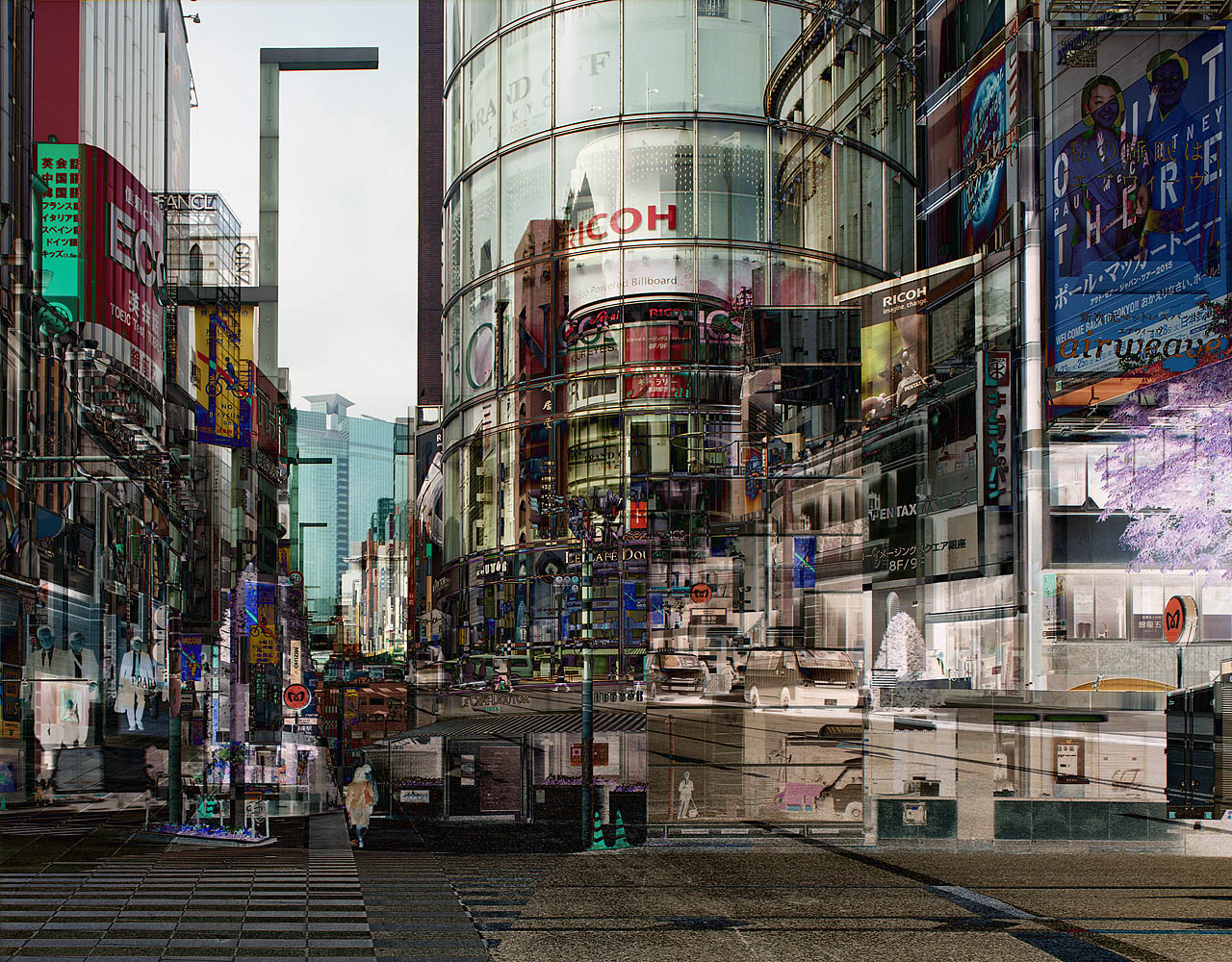
How do people relate to the spaces described? What is the architecture behind imagination and perception? Through trying to decode the messages held within his book, this thesis will cautiously investigate and interpret these questions by analysing the deep relations between people and their experience in architectural spaces. What was he doing? Where are these cities located? What purpose do they have? Why are they invisible? The creativity, the dreams, the imagination without limits. These never-seen cities become haptic - they become, almost, real. When reading Calvino’s narrative that space becomes tangible. There is usually an abstract space we inhabit when we read a book. Calvino names these cities invisible, yet his narrative is extremely visual, in the mind. Mythic, unreal and ethereal descriptions of cities serve as a metaphor to describe the decaying of some architectural principles with the start of the modern era. Eleven themes are to be tackled and inserted alternately in nine chapters, whereas some contain different definitions or subjective interpretations. Its aim is to interpret and defragment it, thus the structural organisation being the same. This thesis is structured like the book Invisible Cities by Italo Calvino. Rio Maior Alvarez e Serra, Mariana (TU Delft Architecture and the Built Environment TU Delft History & Complexity)Īrchitecture, Urbanism and Building Sciences



Visualising the invisible: A visual (re)interpretation and defragmentation of the inexecutable cities of Italo Calvino


 0 kommentar(er)
0 kommentar(er)
